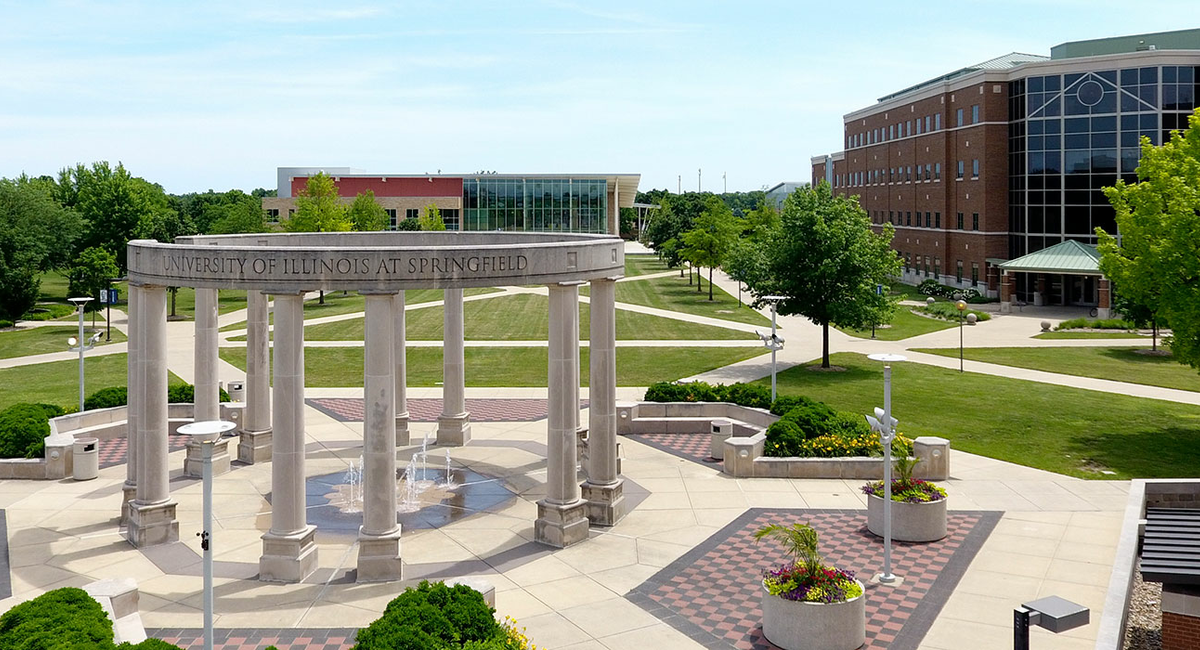

With President Joe Biden on Monday signed a $1 trillion bill to fix roads, bridges, water systems and other aspects of America’s infrastructure, attention now turns to another expensive part of Biden’s plan – a $1.85 trillion social spending bill that includes help for local news organizations.
About 0.1% of that $1.85 trillion – part of Biden’s so-called “Build Back Better” plan – would allow news outlets to claim a payroll tax credit of up to $25,000 the first year and up to $15,000 for each of the next four years for each of the journalists they employ.
Whether the tax credit – estimated to cost $1.67 billion over five years – stays in the bill remains to be seen as lawmakers wheel and deal to gather enough votes. Some leaders believe a vote could happen this week.
I won’t go as far as to say this will completely dig the struggling local journalism industry out of its deep financial hole. But it’s an important acknowledgement by lawmakers that democracy doesn’t work without a strong free press keeping an eye on the government officials who spend our tax dollars and make decisions that affect our lives.
The hope is these tax credits could help local newsrooms restore some of the deep personnel cuts over the years that have left some regions – especially ones in rural areas of the country – without any reporters to pay attention to the village boards, county boards, school boards and other government bodies that run their communities.
Gannett, the country’s largest newspaper chain and owner of The State Journal-Register here in Springfield, could receive up to $127.5 million in payroll tax credits over five years, according to an analysis by The Associated Press.
The plan isn’t without its detractors, of course.
In a Nov. 5 tweet, U.S. Rep. Steve Scalise, R-La., called the tax credits “a scam.”
"This is Biden and Dems in Congress helping pay the reporters' salaries who cover for them," he wrote.
I’ll note that Scalise fails to mention local news organizations that lean to the right also could claim the tax credits.
Some journalists aren’t exactly keen on the government supporting their work either. After all, how could a journalist keep their stories about the government fair and down the middle if the government is paying part of their salary?
Well, the concept of the government supporting independent media isn’t new. The postal service has subsidized the cost of sending periodicals through the mail for decades. The federal government also contributes funding to public broadcasting entities like NPR and PBS. And more recently, many news organizations received government-backed small business loans to help them weather the pandemic.
It’s abundantly clear the funding model for local news is broken. If we value democracy, it’s time to try something different. I’m eager to see if Congress can come together to help.
________

Jason Piscia is an assistant professor and director of the Public Affairs Reporting program at the University of Illinois Springfield. He came to UIS following a 21-year career at The State Journal-Register.


